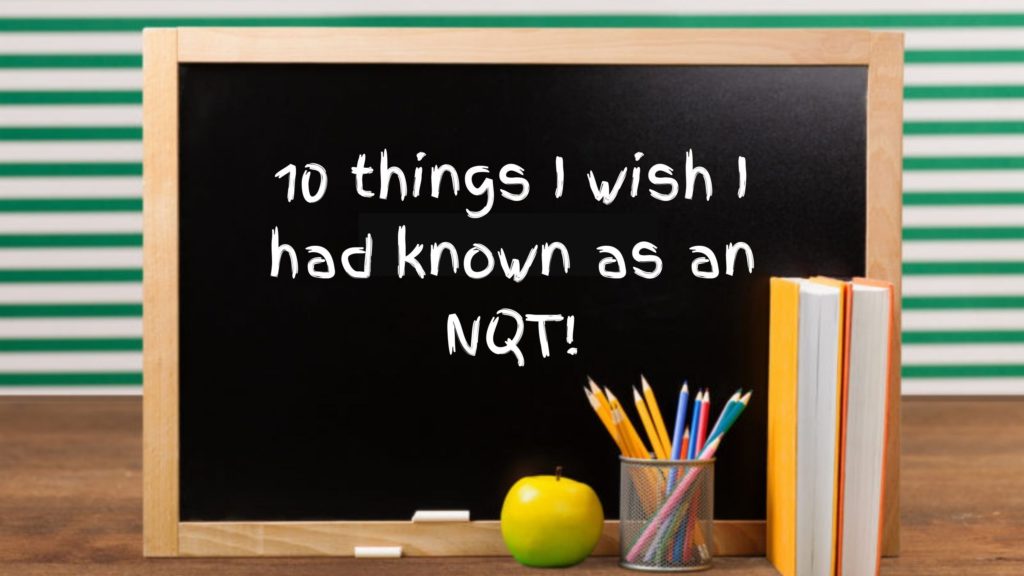How and when to refer students for SENCO assessment

Teaching is a profession full of well-meaning individuals who are proactive and want the best for their students. For example, if a student is struggling in class, most teachers will want to do all they can to address the difficulty and ensure the young person is being provided with everything they need in order to achieve their full potential. This is exactly how it should be right? Wrong!
I’m not dismissing dedication or passion; I’m suggesting we need to hold fire before referring students for SEN assessments as often they won’t amount to anything different in terms of support if teacher investigations haven’t initially been completed.

In the school, I work at we’re devising a referral system for teachers to use when they have concerns about students who are struggling.
Having a referral system for SEN in schools is the ideal scenario as it provides transparency and clarity for maintaining the Inclusion/SEN register.
If you don’t have a SEN referral system in your school, follow the steps below prior to sharing your concerns with SENCO:
1. Check if the student is already identified as having SEN (if so, find out the areas of difficulty and strategies recommended by the Learning Support Department)
2. Consider the specific areas of difficulty (Communication/Interaction, Cognition/Learning, Social/Emotional/Mental Health, and Physical/Sensory)
3. Check in with the student to gain their perspective about how best to support them
4. Communicate home to introduce yourself and let them know how their young person is progressing (do not mention SEN!), ask them about what they think works best when supporting their young person
5. Make an attempt to put in place QFT strategies which relate to the area of need (If you don’t know what strategies to adopt, look for ideas online by searching ‘Quality First Teaching Checklist’. Click the top link where Wigan Council has a fantastic document providing extensive ideas for teachers.
“Even if you think a student might be autistic, it is not helpful to be sharing these thoughts until a diagnosis has been reached.”
6. Make a note of the different strategies you have adopted
7. Keep a record of how successful these have been

8. Keep an accurate record of progress data, including effort and behaviour too
9. If you still have concerns after two data cycles where little/no progress has been made (in spite of QFT strategies) make contact with the SENCO
10. Bring notes and be specific about detailing the areas of difficulty, the strategies you have tried, and the effectiveness of these
11. Arrange a follow-up meeting with the SENCO to ensure proposed next steps are completed
Please note- neither you, the SENCO, parents/carers or SLT should be diagnosing anyone with Dyslexia/Autism/ADHD etc.
The process of diagnosing a student with SEN comes long after concerns have been raised by school staff. Almost all diagnoses of young people happen away from school with either CAMHs practitioners, Educational Psychologists or Paediatricians.
Expressing such conclusions can cause huge levels of anxiety for the student and their family, it can also hugely alter how external professionals go about investigating what is needed to support the student.
Stay dedicated, stay passionate, but take your time to investigate a student’s learning profile before involving the SENCO.








Responses